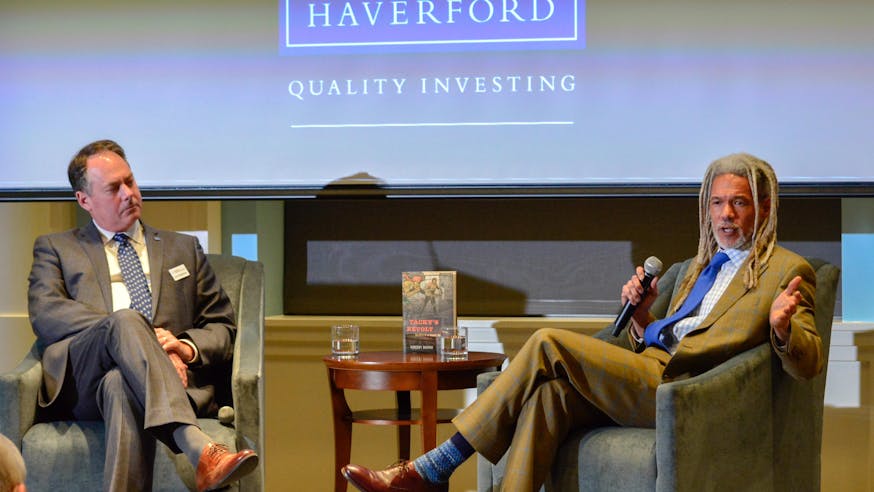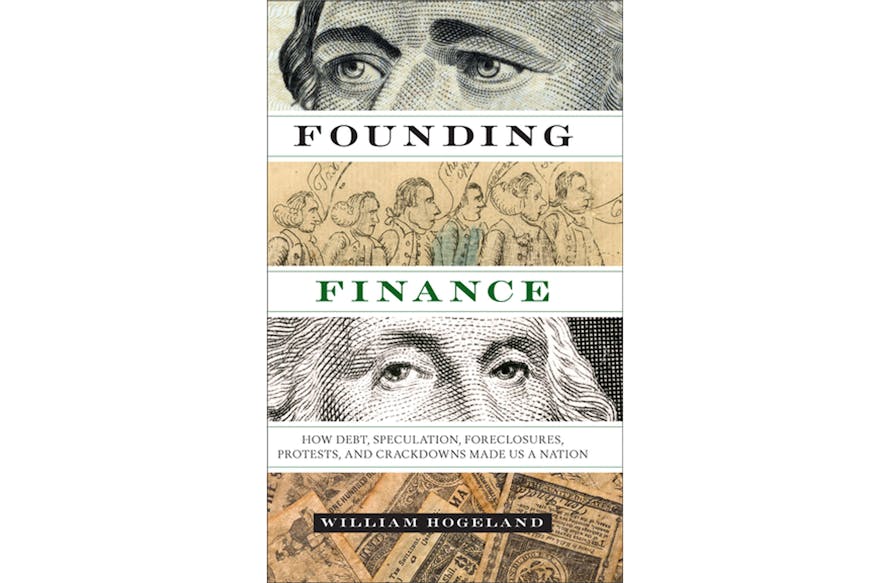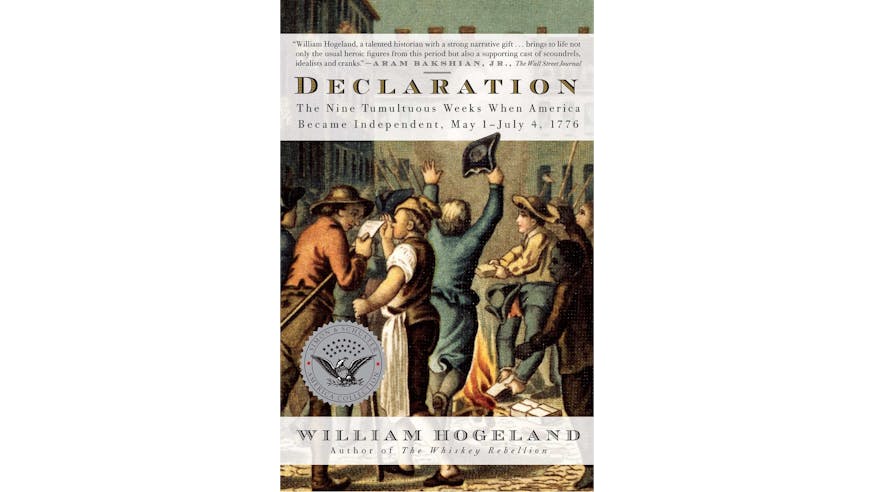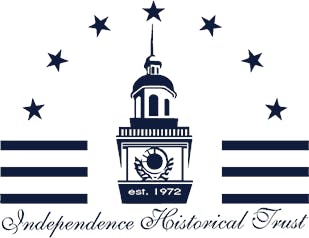Read the Revolution Speaker Series with William Hogeland
October 18, 2022 from 6:30-8 p.m.- October 18, 2022 from 6:30-8 p.m.
- Museum of the American Revolution & Online
-
Purchase Tickets
Ticket Pricing:
$20 - Onsite GA (includes Zoom access)
$15 - Onsite Members (includes Zoom access)
$15 - Online GA
$10 - Online Members
Presented in partnership with Independence Historical Trust.

The possession of Money will acquire influence. Influence will lead to Authority, and authority will open the Purses of the People.Robert Morris, Alexander Hamilton’s finance mentor, January 13, 1783
Author and historian William Hogeland joins the Museum to discuss the establishment of the First Bank of the United States, hub of the comprehensive system of national finance created by the first U.S. Treasury secretary, Alexander Hamilton, and the bank’s relevance today. The country’s first national financial institution, chartered by Congress in 1791 for 20 years, with a building completed in 1797, the First Bank is located directly across Third Street from the Museum.
The First Bank was crucial to Hamilton’s financial system. As developed from the ideas of his mentor, the great Philadelphia merchant Robert Morris, the system combined funding the public war debt on a long-term basis, via national taxation, with growing and consolidating the debt by assuming the states’ debts in the national obligation. The bank was that system’s hub, and while it withstood two threatened crashes during Hamilton’s tenure, his opponents Jefferson and Madison excoriated its existence as unconstitutional. In 1801, when they came to power, the new agenda was to dismantle Hamilton’s entire system.
In the ensuing decade, Albert Gallatin, a Genevan émigré, Treasury secretary first to President Jefferson and then to President Madison, worked tirelessly to reduce the public debt. And yet by 1811, when the bank’s charter expired, and the Jeffersonian majority in Congress sought to shutter the institution for good, Gallatin had concluded that the bank should remain open. What happened next involved a war, a national financial crisis, and political and ideological realignments that would shape American life throughout the next century.
Drawing both on his 2012 book Founding Finance and his narrative trilogy The Whiskey Rebellion, Declaration, and Autumn of the Black Snake, Hogeland will present a lecture titled Hamilton's Hub: The First Bank of the U.S. in the Creation of the American Economy. The talk will trace conflicts and alliances among Hamilton, Jefferson, Madison, Gallatin, and ordinary people who had financial ideas of their own; connect those conflicts to ensuing generations’ decisions regarding debt, speculation, foreclosures, and taxation; and reveal the startling relevance of founding American struggles over economics to our political struggles today.
The program will be held in the Museum’s Liberty Hall and will be broadcast live via Zoom. Following the presentation, Museum President & CEO Dr. R. Scott Stephenson will join the conversation to facilitate a live Q&A with the onsite and online audiences.
Doors open at 6 p.m. for onsite guests to see featured artifacts, enjoy refreshments at a cash bar, and have opportunities to purchase signed copies of the featured books.
About William Hogeland

William Hogeland is the author of the narrative trilogy The Whiskey Rebellion, Declaration, and Autumn of the Black Snake, as well as the expository work Founding Finance and a collection of essays, Inventing American History. Born in Virginia, he was raised in Brooklyn, New York, where he lives.
Presented in partnership with Independence Historical Trust.
About Independence Historical Trust
The Independence Historical Trust, the philanthropic partner of Independence National Historical Park, has been raising money to restore the First Bank since 2017. To date, the Trust has raised over $4.5 million to fund the design phase of the project. This effort has opened the possibility of receiving federal funding for the construction phase. The Trust has now launched a campaign to raise $5 million to fabricate and install educational exhibits about the early American economy in the First Bank and to raise $2 million to maintain the landmark building.
Learn More

Read the Revolution Speaker Series

Founding Finance

